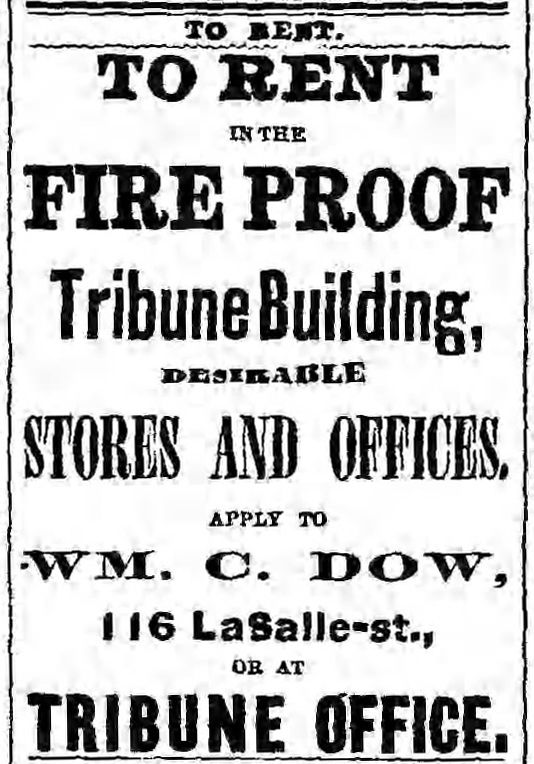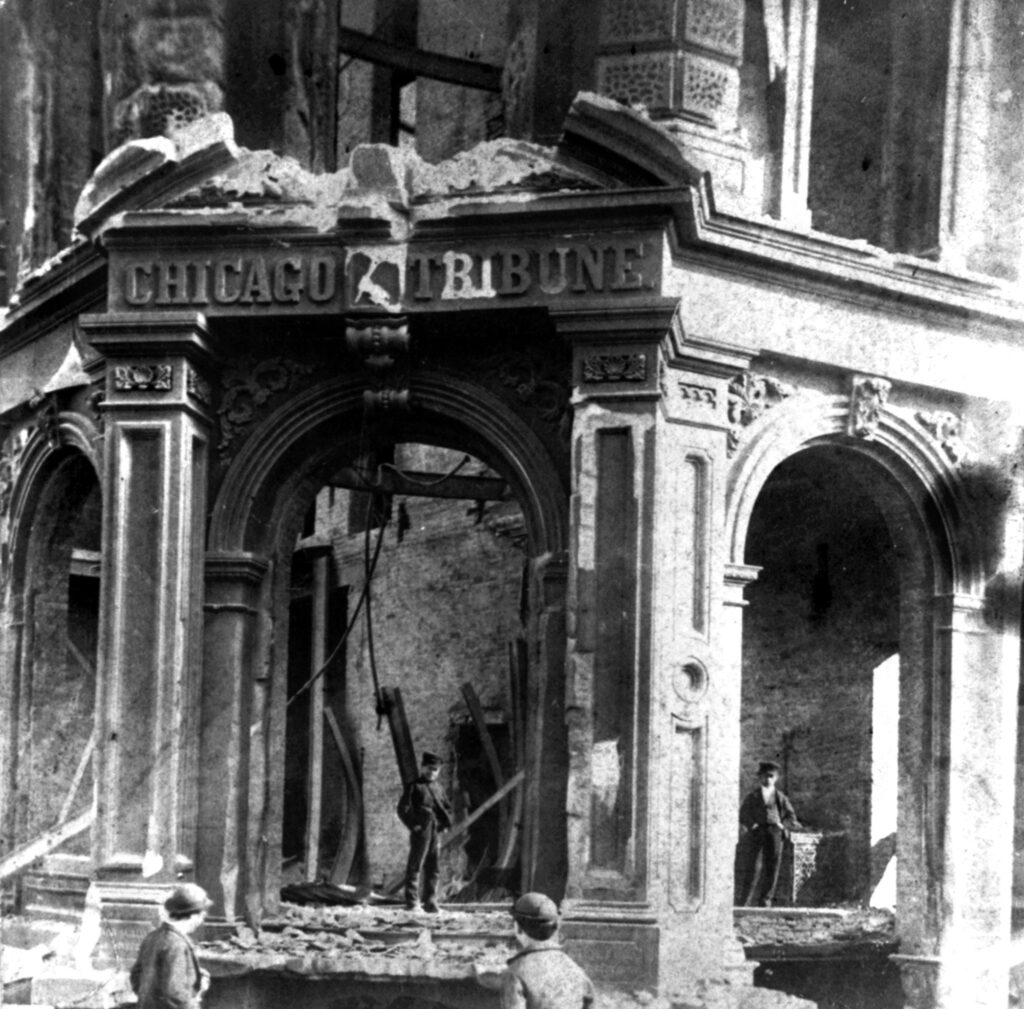Irish Catholics settled as readily in Chicago as anywhere else in the nineteenth century, and met as readily the same prejudice.
Come 8 October 1871, the Great Chicago Fire killed up to 300 and razed about 9 square kilometres. Drought and strong winds played their part, but the real mystery was and remains the initial cause. A child in the Antipodes a century later, I learnt the ditty:
Late last night when we were all in bed,
Old lady Leary lit a lantern in the shed
And when the cow kicked it over
She winked her eye and said
‘It’ll be a hot time in your town tonight.’
Mrs O’Leary was immediately identified by one paper as the “Irish hag” responsible for the fire. Overcoming its own deep anti-Irish bias, the Chicago Tribune on 20 October provided space for O’Leary to put her side of the story. That said, there was soon a return to form. By 27 November, the Tribune was sneering about her family “mansion” and complaining about the “considerable know-nothingism [that] can be developed among the Irish…”
The Tribune was as irked as anyone; its “fireproof” premises were two years old in 1871; doubtless this led co-owner, former editor and unrepentant anti-Catholic Joseph Medill to run for election as mayor, as candidate for the Fireproof Party. He won.
And was the Great Chicago Fire the big fire on 8 October 1871? Not by a long shot. That dubious distinction belongs to Peshtigo, where up to 2,500 people are thought to have died. The first fire was fuelled by houses built from Wisconsin pine; the second fire was the site of the pine.

